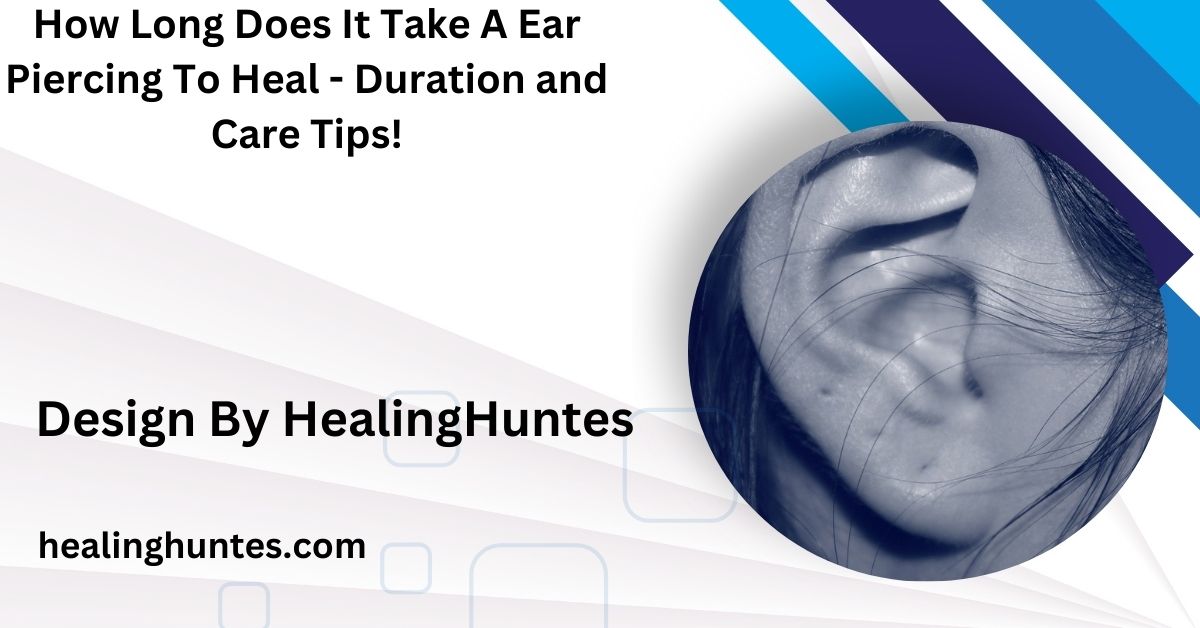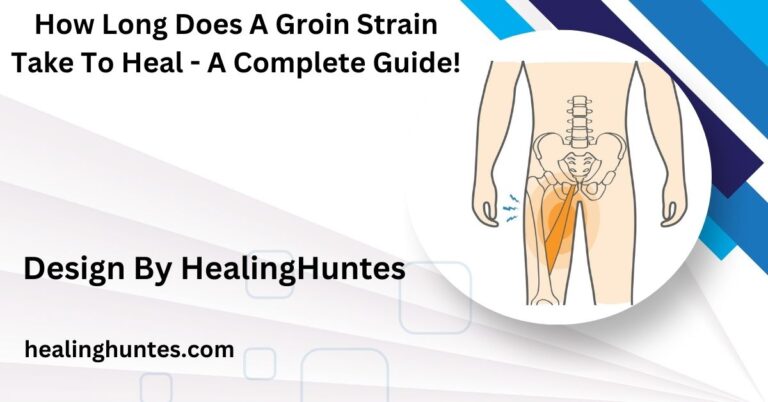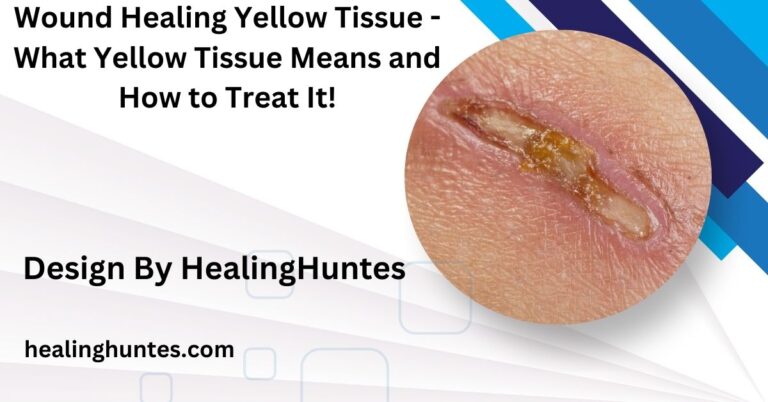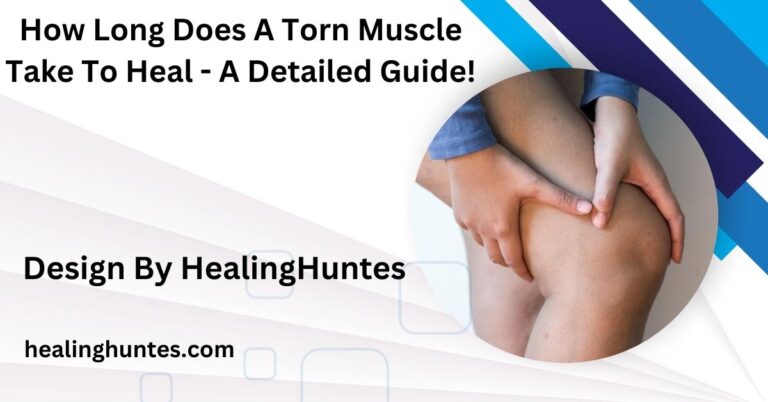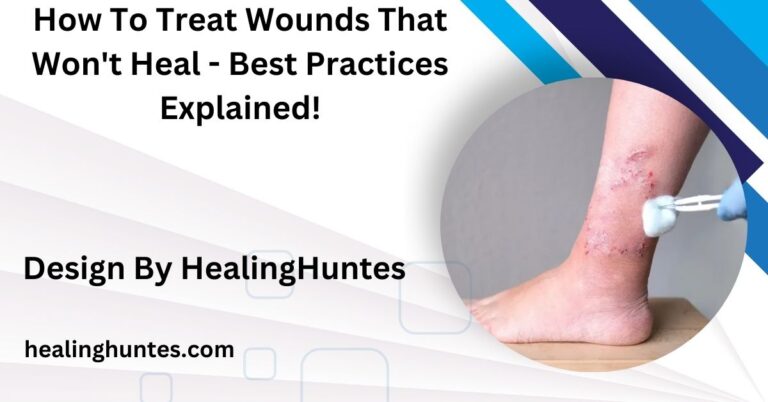How Long Does It Take A Ear Piercing To Heal – Duration and Care Tips!
Ear piercings usually heal in 6 to 12 months, varying by type and individual factors. Good aftercare is crucial for smooth healing and reducing complications.
In this article we are Understanding how long it takes for an ear piercing to heal and the factors that influence this timeline are crucial for proper aftercare and to ensure a successful healing experience.
Understanding Ear Piercings:
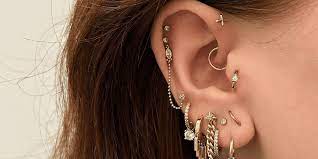
Before delving into the healing process, it’s essential to understand the different types of ear piercings and their associated healing times. The most common types are:
- Lobe Piercing: This is the most popular and straightforward type, usually located on the fleshy part of the ear.
- Cartilage Piercing: These are located on the upper part of the ear and can take longer to heal due to the thicker tissue.
- Industrial Piercing: This involves two piercings connected by a single barbell, typically on the upper ear.
Each type of piercing has its unique healing timeline, influenced by various factors such as location, piercing technique, and aftercare practices.
Average Healing Time for Ear Piercings:
The healing time for ear piercings varies based on the type of piercing and individual healing capacity. Here’s a breakdown of the average healing times:
- Lobe Piercing: 6 to 8 weeks. This type typically heals quickly due to the soft tissue of the earlobe.
- Cartilage Piercing: 3 to 12 months. Cartilage piercings generally take longer to heal, with the healing process often extending up to a year.
- Industrial Piercing: 6 to 12 months. Given the complexity of this type of piercing, it requires extra time for complete healing.
While these time frames provide a general guideline, individual experiences may vary.
Also Read: How Long Do Lobe Piercings Take to Heal – A Comprehensive Guide!
Factors Affecting Healing Time:
Several factors can impact how long it takes for an ear piercing to heal:
Type of Piercing:
As mentioned earlier, the type of piercing significantly influences healing time. Lobe piercings typically heal faster than cartilage piercings due to the differences in tissue type.
Aftercare Routine:
Proper aftercare is crucial for ensuring a smooth healing process. This includes regular cleaning of the piercing site, avoiding unnecessary touching, and using suitable cleaning solutions. Inadequate aftercare can lead to infections or complications, prolonging the healing period.
Body’s Natural Healing Ability:
Each person’s body heals at its own rate, influenced by factors such as age, overall health, and lifestyle choices. For example, individuals with compromised immune systems or chronic illnesses may experience longer healing times.
Jewelry Material:
The type of jewelry used for the piercing can also affect healing time. Hypoallergenic materials, such as surgical stainless steel or titanium, are less likely to cause irritation or allergic reactions, promoting faster healing. In contrast, cheaper or non-hypoallergenic metals can lead to complications.
Location of the Piercing:
The location of the piercing can also play a role in healing time. Areas that experience more movement, such as cartilage piercings, may take longer to heal due to constant friction and irritation.
Understanding the Healing Process: What to Anticipate:

Understanding the healing stages can help you monitor the progress of your ear piercing. The healing process can generally be broken down into three stages:
Early Healing Phase (Weeks 1-2):
During the first couple of weeks after getting your ears pierced, you may experience some swelling and tenderness. The area might feel sore, and there may be some clear or slight yellow discharge, which is a normal part of the healing process.
Mid-Healing Stage (Weeks 3-6):
As the weeks progress, swelling should decrease, and any initial tenderness will likely subside. The outer part of the piercing will begin to heal, but it’s essential to continue following your aftercare routine. At this stage, you should still be cautious about touching the piercing or changing jewelry.
Final Healing Stage (6 Weeks to 1 Year):
By this time, the outer area of the piercing should be fully healed, although internal healing may still be ongoing, especially for cartilage piercings. It’s crucial to continue practicing good hygiene and avoid changing the jewelry prematurely, as the piercing may still be sensitive.
Important Aftercare Guidelines for Ear Piercings:
Proper aftercare is key to ensuring your ear piercing heals well. Here are some essential tips:
- Clean the Piercing Daily: Use a saline solution or a piercing-specific cleaning solution to clean the piercing twice a day. Refrain from using alcohol or hydrogen peroxide, as they can be overly harsh and hinder the healing process.
- Avoid Touching the Piercing: Keep your hands away from the piercing to prevent bacteria from transferring and causing infections.
- Choose the Right Jewelry: Opt for high-quality, hypoallergenic jewelry made from materials such as titanium or surgical stainless steel to reduce irritation.
- Avoid Swimming: Refrain from swimming in pools, hot tubs, or other bodies of water until your piercing has fully healed to minimize infection risk.
- Maintain Good Hygiene: Practice good hygiene by washing your hands frequently, especially before touching your earrings.
- Watch for Signs of Infection: Be vigilant for signs of infection, such as persistent redness, swelling, pain, or discharge.If you experience any of these symptoms, seek advice from a healthcare professional immediately.
Also Read: How To Speed Up Bone Graft Healing – Effective Healing Tips!
What to Steer Clear of During the Healing Process:
To ensure a smooth healing experience, here are some activities to avoid:
- Changing Jewelry Prematurely: Wait until your piercing is fully healed before attempting to change earrings. Doing so too early can lead to irritation and complications.
- Twisting or Moving the Jewelry: Avoid twisting or playing with the earrings, as this can irritate the piercing and prolong healing.
- Using Irritating Products: Stay away from hair sprays, perfumes, and lotions around the piercing site, as these can cause irritation.
- Kissing or Sharing Personal Items: Avoid close contact with others, especially sharing items like hats or earbuds, to minimize the risk of infection.
Signs of Complications:
While most ear piercings heal without issues, it’s essential to recognize potential complications. Some signs that you may need to seek medical attention include:
- Increased Redness or Swelling: If the area around the piercing becomes increasingly red or swollen, it may indicate an infection.
- Fever: A fever can be a sign that the body is fighting an infection.
- Pus or Unpleasant Odor: The presence of yellow or green pus, especially if accompanied by an unpleasant odor, is a red flag.
- Severe Pain: Persistent pain that worsens over time should be evaluated by a healthcare professional.
FAQ’s
1. How long does it take for a lobe piercing to heal?
Lobe piercings generally heal within 6 to 8 weeks.
2. What is the healing time for cartilage piercings?
Cartilage piercings can take anywhere from 3 to 12 months to heal.
3. What should I avoid during the healing process?
Avoid changing jewelry too early, twisting the earrings, and using irritating products around the piercing site.
4. How can I ensure proper healing for my ear piercing?
Clean the piercing daily with saline solution, avoid touching it, and choose hypoallergenic jewelry.
5. What signs indicate a potential infection?
Watch for increased redness, swelling, pus, or severe pain, as these may indicate an infection requiring medical attention.
Conclusion
The healing time for ear piercings varies based on factors such as the type of piercing, aftercare routine, and individual healing ability. Generally, lobe piercings heal within 6 to 8 weeks. By following proper aftercare guidelines, being mindful of signs of complications, and giving your body the time it needs to heal, you can ensure a successful and enjoyable ear-piercing experience.
